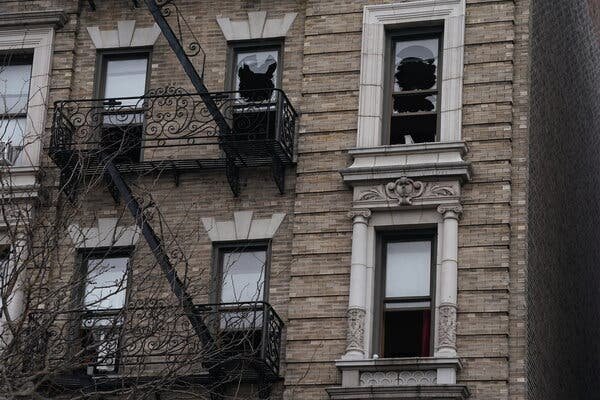A near-record number of New Yorkers voted early in the 2024 election, with over 1 million people casting their ballots. The early voting process was more efficient compared to the chaotic experience in the 2020 election. On Election Day, voters can expect some lines, and the Board of Elections is providing a wait time map. Various voter perspectives and issues, including the presidential race, state-level contests, judicial races, and ballot questions, are highlighted in the article. Some voters emphasized the importance of voting for their preferred candidates and causes, such as supporting a Black woman for office or opposing certain policy changes.
With Election Day looming, a significant number of New Yorkers have already participated in early voting, nearing the record set in 2020. Approximately 1,089,328 voters cast their votes during the early voting period, which took place from Oct. 26 to Nov. 3. This almost matched the 1.1 million early voters in the previous presidential election. In 2024, the city expanded to 155 early voting sites, resulting in a more efficient and smooth voting process compared to the chaos experienced in 2020.
A considerable portion of the city’s registered voters, around 20%, took advantage of early voting. As Election Day approaches, polling locations will be open from 6 a.m. to 9 p.m. The Board of Elections anticipates a high voter turnout and is providing an election day wait time map to assist voters in planning their visit. It is essential to note that the polling location on Election Day may differ from the early voting site.
One early voter, Michelle Quimi, highlighted the convenience of early voting due to the potential crowds on Election Day. She emphasized the importance of casting her ballot and expressed her support for Vice President Kamala Harris. The presidential race has garnered significant attention from various communities, such as Puerto Ricans in The Bronx, migrants in city shelters, and progressive activists mobilizing efforts in swing states.
In addition to the presidential race, several state-level contests and judicial races are being closely watched. Educating voters on down-ballot races, including State Senate and Assembly contests, has been challenging for candidates. New Yorkers will also decide on six ballot questions, including potential changes to the state constitution and City Charter. Proposal 1, in particular, has faced opposition, with concerns raised by Republicans and advocates regarding implications for anti-discrimination rights and abortion access.
Local ballot questions two through six focus on city-level government reforms proposed by Mayor Eric Adams’ commission. These reforms aim to streamline city operations but have met resistance from opponents who view them as a rush-through power grab. Voters like Tanya Campbell emphasized the significance of their vote in ensuring representation and upholding the rights of marginalized communities.
Regarding the top-of-the-ballot contest, a teacher from Bensonhurst, identified as Dave, shared his decision to vote for Trump for the first time. He cited concerns about migrant shelters in the area as a key factor in his support for the Republican party. These sentiments reflect the diverse perspectives and motivations driving voters in New York City.
Overall, the high early voting turnout and the anticipation of a busy Election Day underscore the significance of civic engagement and the diverse issues influencing voters’ decisions. As New Yorkers prepare to cast their ballots, the political landscape in the city remains dynamic and reflective of the broader national discourse.
Source: TheCity.NYC









